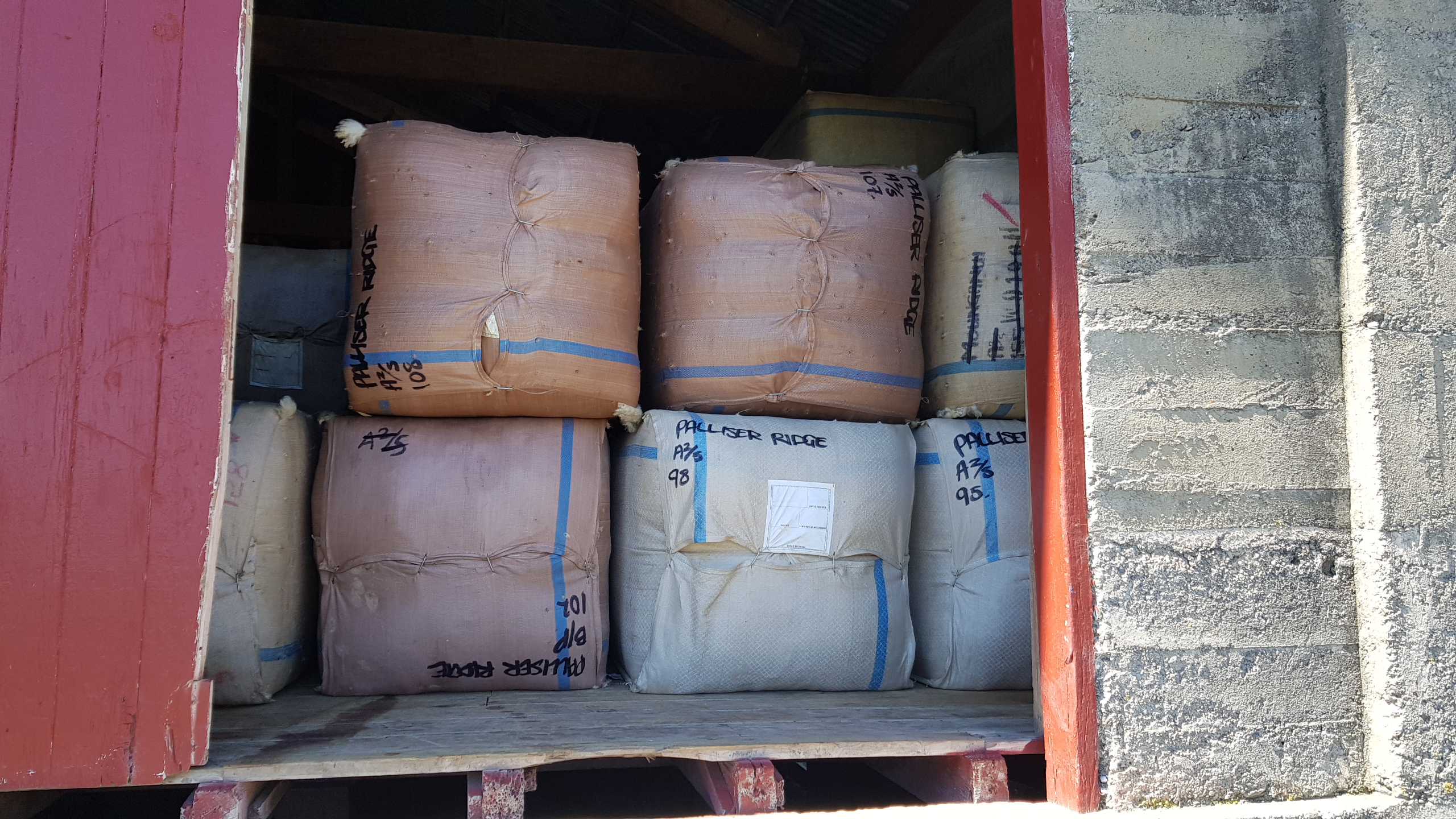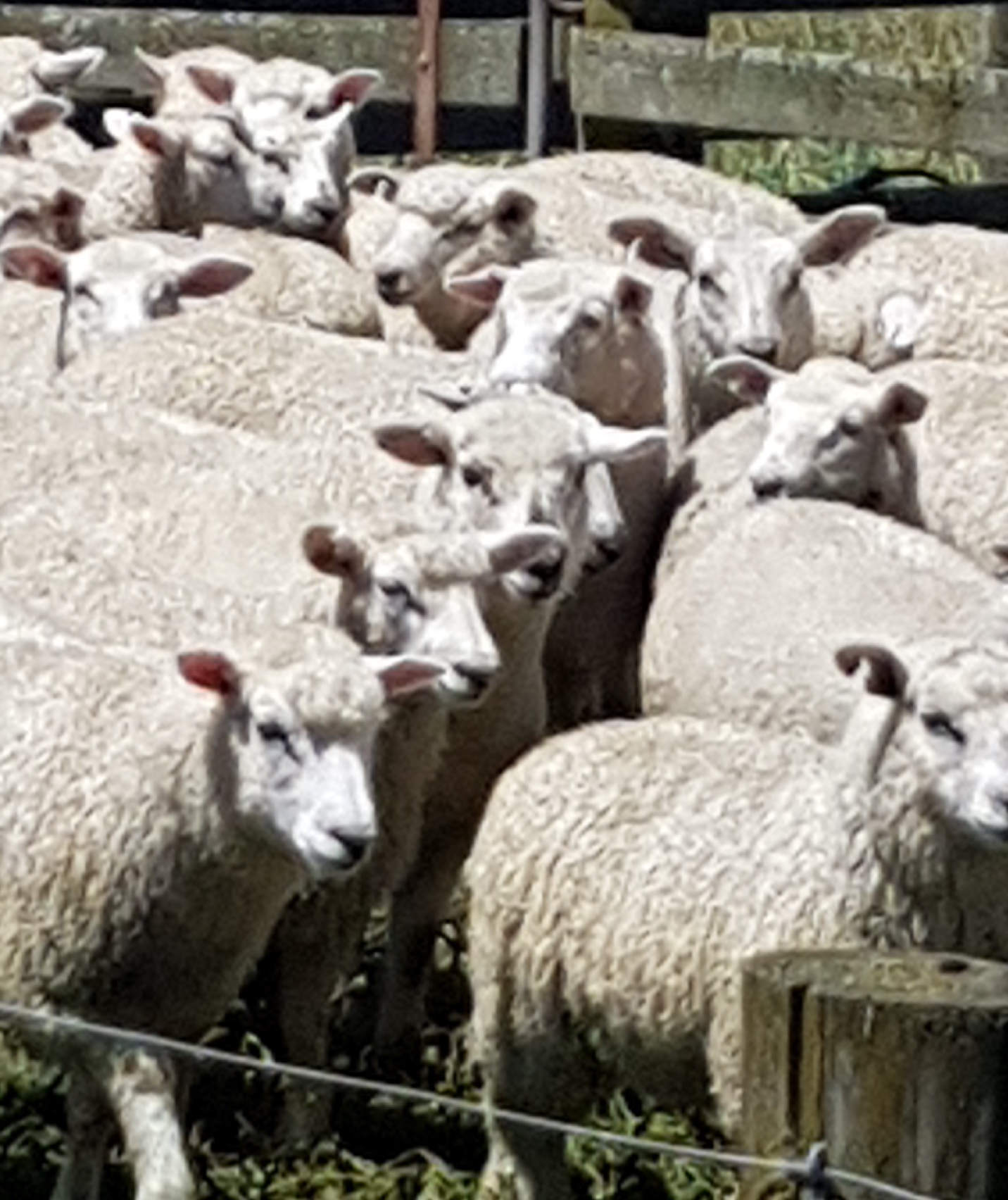Why are Sustainable Fabrics Important?
Posted by Team NZNC on 1st Mar 2019
Why are Sustainable Fabrics Important?
Would it surprise you to know that the fashion industry is the second biggest polluting industry in the world behind the oil industry?
This is hardly that surprising considering the amount of land and water required to grow enough cotton to meet global demand. Throw in the carcinogenic pesticides and the chemicals used in the manufacturing process and you have an industry that contaminates water and ruins soil for future use.
And all to meet the demand of cheap, throwaway fashion.
This race to the bottom - spurred on by budget retailers - has created an industry motivated purely by greed. Retailers want to insulate profit which means resorting to increasingly questionable methods to produce their clothes.
As a result the environment, the consumer and the workers - many of whom are exploited - end up suffering. Add in the toxic byproducts of synthetic fibre production and it’s plain to see that things need to change.
Sustainable Fabrics
Sustainable fabrics of the 60s and 70s were seen as uncomfortable, unappealing and faddish. This was a time of excess in the West and the idea of making clothes that could last or be recycled - or even be recycled themselves - was alien to a great many people.
It seemed absurdly unnecessary.
Currently 75% of clothes produced end up in landfill and just 12% return to circulation either by being recycled or donated to charities.
Out of the 100 billion garments produced worldwide, that’s an alarming amount of waste.
Sustainable fabrics are a way to reduce this.
Sustainable fabrics are defined as sustainably grown fiber or recycled materials and meet the three Rs of the environment: reduce, reuse and recycle.
In reality a great deal of clothing meets this requirement. Cotton garments can be produced in an ethical way as organic cotton clothing is on the market - albeit in small numbers.
It can also be reused as there is no shortage of communities in need around the world currently.

Is Wool Sustainable?
Wool is a near limitless and abundantly available. Sheep can live in more or less any conditions you throw at them and will continue to grow wool throughout their lives.
So as long as there are humans to farm them, there will always be a supply of wool.
It’s also incredibly long lived. This means that wool garments don’t re-enter circulation for years, if ever. Providing the wearer looks after their wool garments they can last decades.
In fact, according to research conducted by Leeds University, England on the sustainability of wool, the life expectancy is around 20-30 years. How’s that for an investment?
Even when you decide to treat yourself to a new Possum merino wool jersey it doesn’t necessarily mean your old one will end up in landfill.
Because wool is so durable it can still be re-used in a great many cases, reducing the amount of waste associated with the fabric.
Although, when it does get recycled, wool is one of the best. Globally wool makes up 1.3% of the fibre market but accounts for 5% of the recycled fabrics.
In short, wool is far more useful even when it reaches the end of its life as a garment.
Wool can can be recycled - excluding reuse - in two main ways:
The first is when the garment goes through a mechanical process that pulls the garment apart, back to its raw materials to make yarn again.
This allows businesses (or individuals) to produce low cost knitwear with all the benefits (comfort, durability etc) of a virgin wool garment.
The second process uses the wool in other products such as insulation or mattress padding. In these cases the wool’s life expectancy can be extended for at least another decade but more likely longer.
Meaning that when you buy a quality wool jersey or top there’s every chance that it’ll be working hard long after you’ve retired. Which is pretty incredible.

What happens to wool waste?
Unlike a lot of fabrics out there, wool is biodegradable. That means if your favourite jersey or lucky socks really are beyond all hope of repair or ruse then you can throw them out in good conscience.
Or, if you’re feeling particularly eco-friendly, you can put your old wool clothes in your composter. Wool is great for composters as the fibres hold onto moisture while releasing nutrients. It takes around a year for the wool to biodegrade, depending on the conditions, which means the wool can be of real benefit to quality of the compost you produce.
Add the right mix of other materials like fruit and vegetable waste (avoid meat and bones) and you’ll have a nutrient rich compost ready to nourish your garden.
One small caveat however is only add small amounts of wool at a time. Too much too often and the wool will become saturated, turning your compost into a foul smelling swamp.
Wool really is an amazing material. Aside from all the properties that makes it great to wear, it’s also a great long term investment.
It’s also more durable than any other natural material and has far greater uses than other fabrics when you no longer want it in your wardrobe. Which makes it sustainable and great for the environment.
To view our complete range of sustainable products, click here. Alternatively if you have any questions then get in touch and a member of the team will be more than happy to help.

